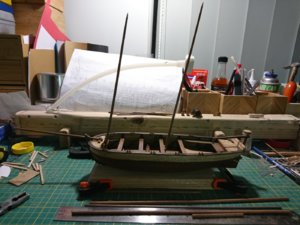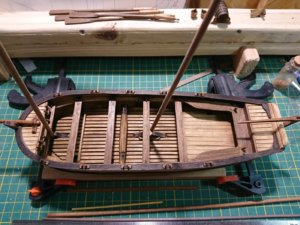- Joined
- Mar 17, 2019
- Messages
- 92
- Points
- 113

 |
As a way to introduce our brass coins to the community, we will raffle off a free coin during the month of August. Follow link ABOVE for instructions for entering. |
 |




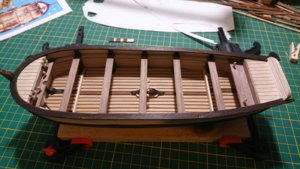

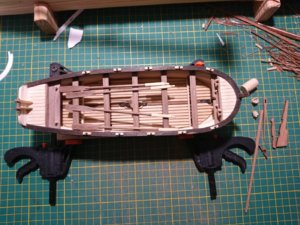
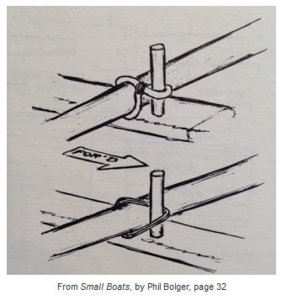
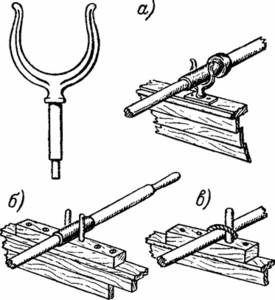
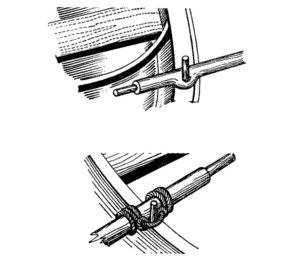

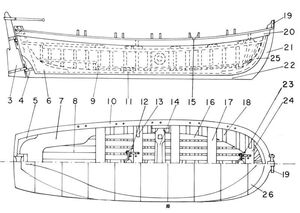

Thanks Jimsky for that explanation, most appreciated, certainly fills in some gaps in my knowledge for sure! Was trying to find that info without much success. One question I have is that with the twin thole pins did they use lashings for the oars on those as well?Hello Jeff. Here is what Wikipedia said:
rowlock[1] UK: /ˈrɒlək/, sometimes spur (due to the similarity in shape and size), oarlock (USA)[2] or gate (Australia) is a brace that attaches an oar to a boat. When a boat is rowed, the rowlock acts as a fulcrum, and, in doing so, the propulsive force that the rower exerts on the water with the oar is transferred to the boat by the thrust force exerted on the rowlock.
On ordinary rowing craft, the rowlocks are attached to the gunwales. In the sport of rowing, the rowlocks are attached to outriggers (often just called "riggers"), which project from the boat and provide greater leverage. In sport rowing, the rowlocks are normally U-shaped and attached to a vertical pin which allows the rowlock to pivot around the pin during the rowing stroke. They additionally have a locking mechanism (properly known as "the gate") across the top of the "U" to prevent the oar from unintentionally popping out of the rowlock.
Originally, rowlocks were two wooden posts or thole pins that the shaft of the oar nestled between. Single THOLE PINS may be used when the oars have holes cut into the loom which then sits over/around the THOLE PIN. (Captain Dennis Robinson FNI, Master Mariner)
View attachment 116667 View attachment 116668
hope this will help.
I don't think so... I believe the lashing didn't require. Think about it, it will make moving oar quite difficult (if not impossible at all). In the case of 1 pin, the rope help avoiding loses the oars. Two pins will hold the oar in-place. One of the methods, when hole made in the oar then inserted in to the pin mounted on the boat.Thanks Jimsky for that explanation, most appreciated, certainly fills in some gaps in my knowledge for sure! Was trying to find that info without much success. One question I have is that with the twin thole pins did they use lashings for the oars on those as well?

